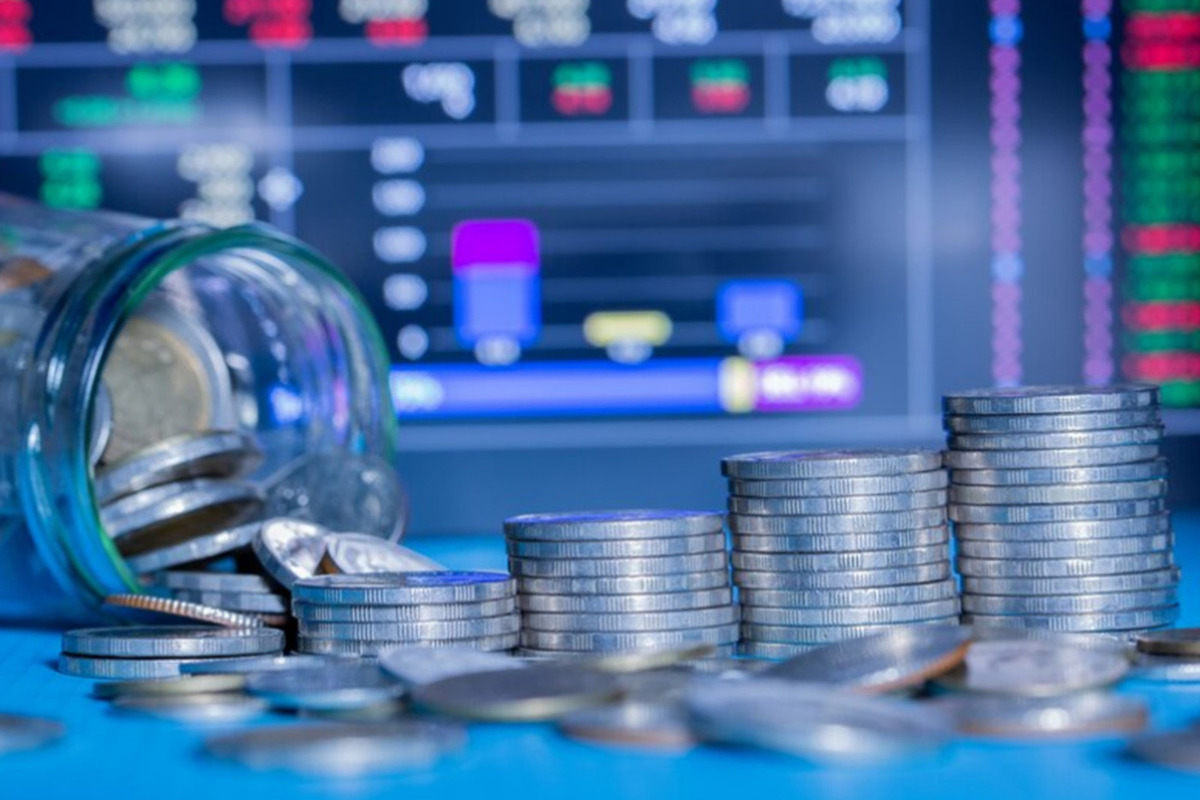The reason was given why the foreign exchange market reacted poorly to the terrorist attack in Crocus
[ad_1]

“What happened will not affect the economy in any way”
The reaction of the foreign exchange market to the terrible terrorist attack at Crocus was generally restrained. At the opening of morning trading on the stock exchange on Monday, the dollar “twitched” upward, going beyond the 93 mark, but then during the day returned to its previous values around 92.6. According to experts, this is an absolutely normal response for investors to this kind of event. Only a force majeure of a different order, fraught with the collapse of the economy and the banking system, can truly drive them crazy. As it happened, for example, in the spring of 2022, when the dollar soared above a hundred against the backdrop of sanctions.
At the beginning of trading on Monday, the “American” rate increased by 0.53% (by 0.5 rubles), to 93.25 rubles. It rose above 93 for the first time since March 18 (that is, we are talking about a weekly maximum). Well, then it smoothly rolled back. The market responded not only to the terrorist attack, but also to Friday’s retention of the Central Bank’s interest rate at 16%. The regulator warned that inflation pressures remain high and that tight monetary conditions will remain in place for a long time.
But the question arises: how much of this is a natural reaction to exactly what happened on Friday night? A terrorist act, and even of such a scale, such a degree of cruelty, with so many victims, committed almost in the capital, is a typical “black swan” – a poorly predictable event with unpredictable consequences. This is an unconditional, very powerful negative for both the stock market and the national currency. Why is there such a great contrast between the tragedy of what happened and the composure of investors? What events – from the field of economics, finance, politics – can lead to the collapse of the national currency and change its long-term dynamics?
“By and large, the terrorist attack at Crocus, for all its enormity, does not in any way affect the financial system or the economy as a whole,” Alexander Razuvaev, a member of the supervisory board of the Guild of Financial Analysts and Risk Managers, explains the logic of investors. – Yes, currency speculators reacted to it to some extent, but they did it spontaneously and instinctively, not fully understanding what risks it led to. In this case, there are no fundamental grounds for strengthening the dollar and euro exchange rates. Unlike, say, the events of February 2022, when the dollar flew past 100. Then a chain reaction began: the West imposed sanctions, froze the assets of the Central Bank for $300 billion; international rating agencies have withdrawn credit ratings assigned to Russian issuers; Mosbirzha was closed for about a month; trading was stopped on the OFZ market, which is closely related to the foreign exchange market; There was complete uncertainty regarding exports. As a result, the economy was on the verge of collapse, from which, fortunately, it quickly emerged.”
Another classic example is the global crisis of 2008, the acute phase of which began with the announcement of bankruptcy of the American investment bank Lehman Brothers. But then the ruble weakened quite smoothly against the dollar – from 25 in September to 29 in December. In reality, according to MK’s interlocutor, it was a controlled devaluation: the monetary authorities did not want to spend reserves to support the domestic currency. Plus, such a policy benefited the budget.
“You can also remember the New York terrorist attack on September 11, 2001, when it was the dollar that lost ground in Russia,” argues Razuvaev. – In Moscow, this happened in the evening, and in local exchange offices the purchase and sale rate of American currency fell to about 15, although on the exchange it was under 30. The Central Bank acted wisely by stopping trading for several days, but the very next day the rate in exchange offices returned to the previous level, since it was clear that the US economy did not collapse, as did Russian foreign trade. As for the ruble, in September 1993, when Yeltsin dissolved the opposition Supreme Council and the country was on the brink of civil war, the official exchange rate fell by 20.2% against the dollar – from about 1,300 to 1,000 rubles. And in August 1991, during the State Emergency Committee, the exchange rate of the then Soviet ruble soared on the black market from 30 to 100 per dollar. “Mosex Exchange” was founded in 1992 (then it was called the Moscow Interbank Currency Exchange, MICEX), trading began on July 1, and the first spontaneous exchangers appeared at the beginning of 1992, in particular, in GUM, on Arbat.”
According to BitRiver financial analyst Vladislav Antonov, currency markets are sensitive to any events that may affect the economy or stability of the country. Typically, the response to such events is complex and depends on a wide range of circumstances, including investor expectations, the current economic situation and the geopolitical context. Currently, the market is dominated by technical factors that outweigh the positive impact on the ruble from sales of foreign currency earnings by exporters and probable foreign exchange interventions by the Central Bank. If the dollar passes the level of 93.5, then the ruble may weaken to 97.5.
[ad_2]
Source link






